Find your expert.
Fix your problem.
Breathe easy.
It only takes a few seconds.
It's the soil.
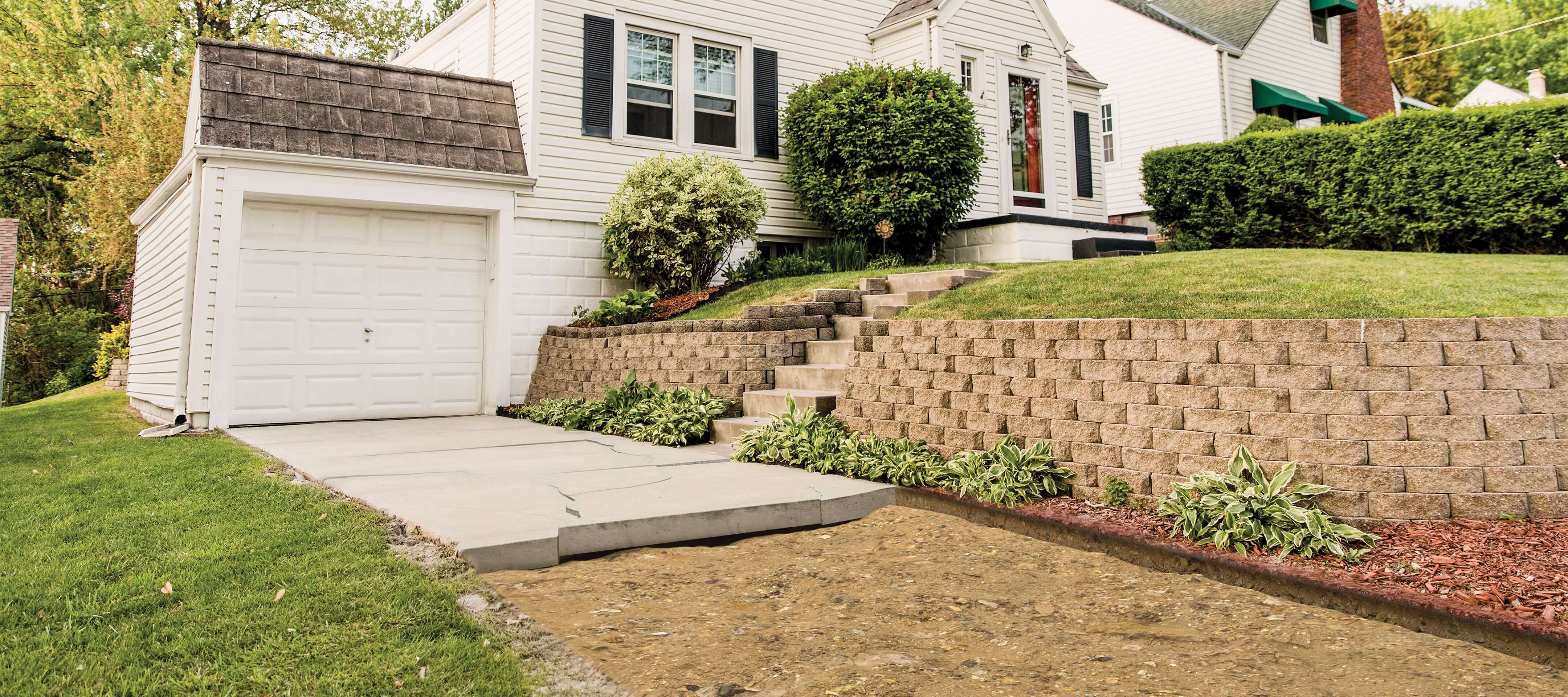
Here's the real dirt on concrete problems.
Concrete is strong, but it's not indestructible. If the soil it rests upon softens, shrinks or gets washed away, concrete slabs can shift, settle and crack. Plus, if you live in a colder climate, salt, chemicals and freeze-thaw cycles can play havoc with your concrete's surface.
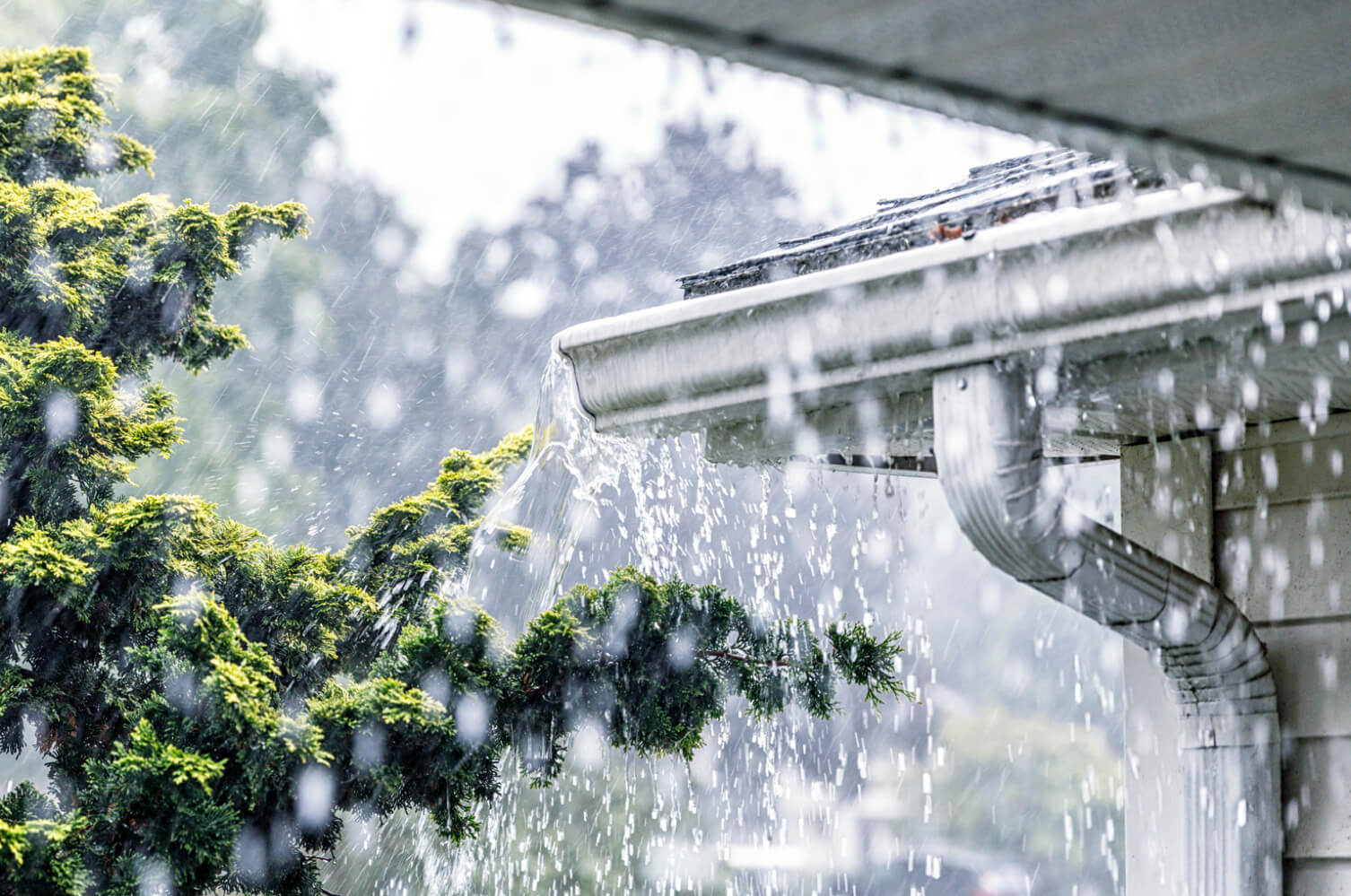
Softening Soil
When rain returns after a sustained dry period, the water has even easier pathways to get under the slab due to cracks and crevices that are present after shrinkage. And this wetted, softened soil may now be too weak to support heavy or sustained vehicle loads. In worst-case conditions, the soil erodes and washes away completely, leaving behind large voids and areas of unsupported slabs.

Soil Shrinkage
Another cause of soil movement is drought. During dry conditions or even just during periods of warm weather and low precipitation, clay soil under your concrete will dry out and shrink, again taking overlying concrete with it immediately, or creating voids. The concrete above these voids eventually cracks and sinks, especially if any weight is placed on it.
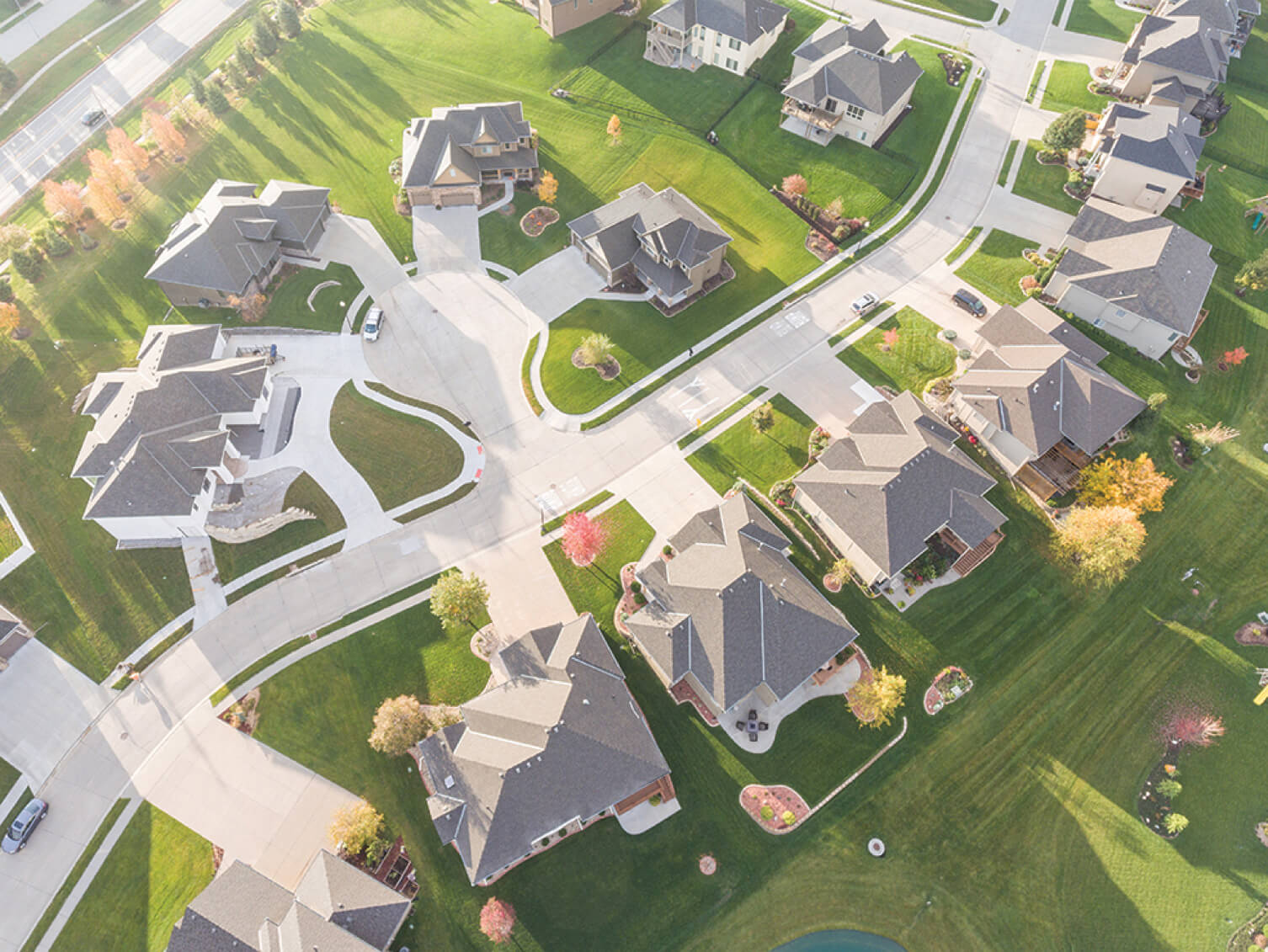
Street Creep
There's another issue that can affect your home and garage called "street creep." This happens when the street that runs past your home expands, putting pressure on your driveway. Over time, the joints between your street's concrete slabs fill with sand, pebbles and other incompressible material. As the weather warms and cools, the slabs expand and contract. But, because the joints between the slabs can't compress and absorb that expansion, the entire street expands or "creeps," eventually pushing against your driveway, which then pushes against your garage and home. This can cause all kinds of problems down the road.
Whatever the cause of your home's foundation issues, they can be stabilized using a combination of the right technology and expertise. To learn more about the different ways foundation problems can be addressed, click here.

Moisture
Water seeps into cracks and pores of untreated concrete, and when temperatures drop, that trapped moisture expands as it turns to ice. When freezing water is confined and restricted from expansion, the forces that are generated may be enough to damage the concrete. Over time, this repeated freezing and thawing results in the surface of your concrete exhibiting symptoms of pitting and flaking.

Poorly compacted fill soil
When your home was built, contractors likely moved soil around the property for construction purposes: to achieve design grades, as backfill within utility trenches and as backfill against foundations. When fill soil is not compacted well, it settles, taking any overlying concrete slabs with it. Sometimes voids form between the slab and the soil which, most often, results in slab cracking and settlement.
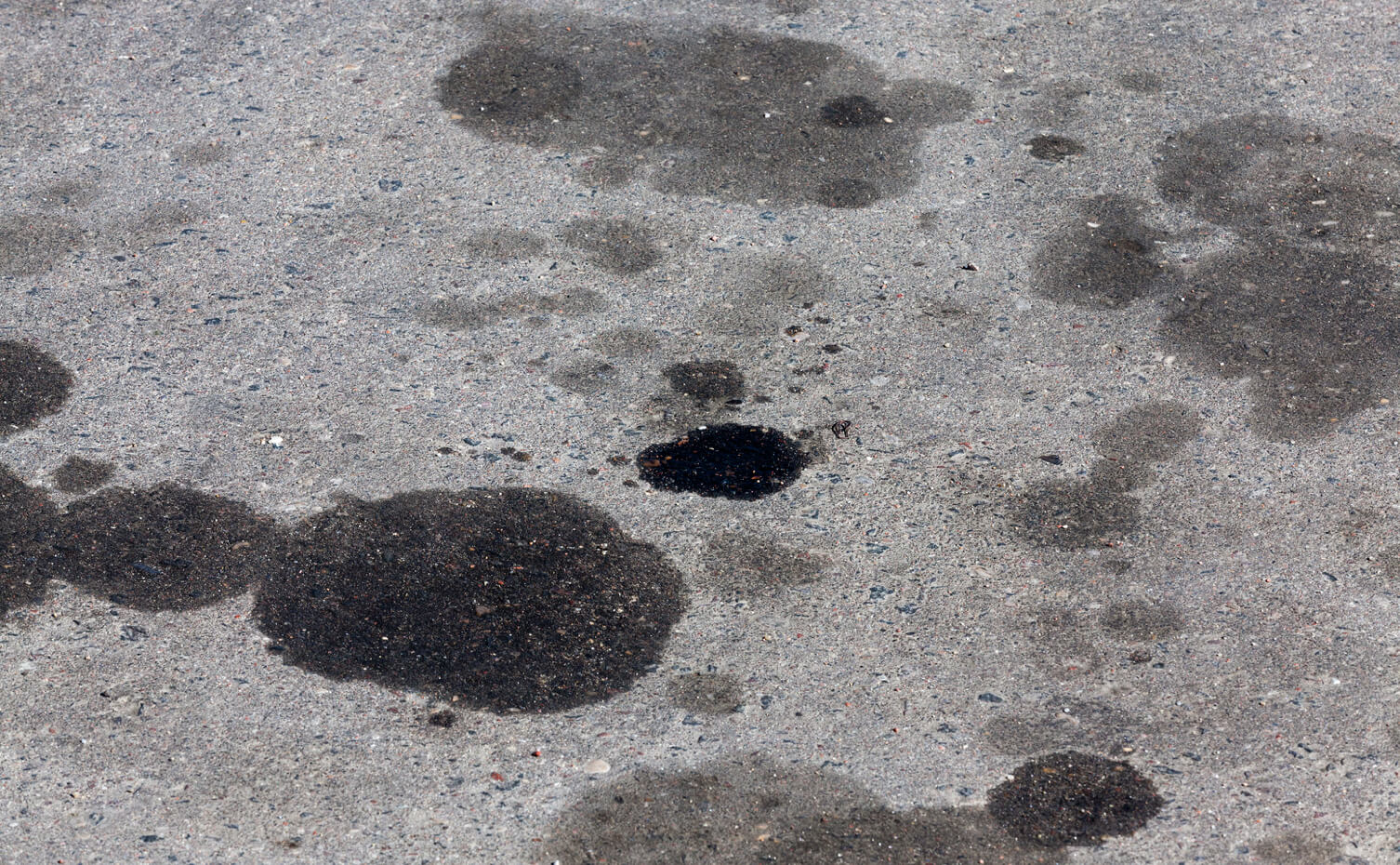
Oil, Gas and Other Chemicals
Concrete's porous nature also makes it susceptible to staining from oil, gas and other chemicals if left untreated. Just as with cotton or wool fabrics, concrete becomes stained when contaminants penetrate the surface and take hold. This is the reason you treat a living room couch with a spray-on stain repellent. Concrete, too, can be treated to prevent staining. This treatment can also prevent damage caused by the freeze/thaw cycle.
Related Content
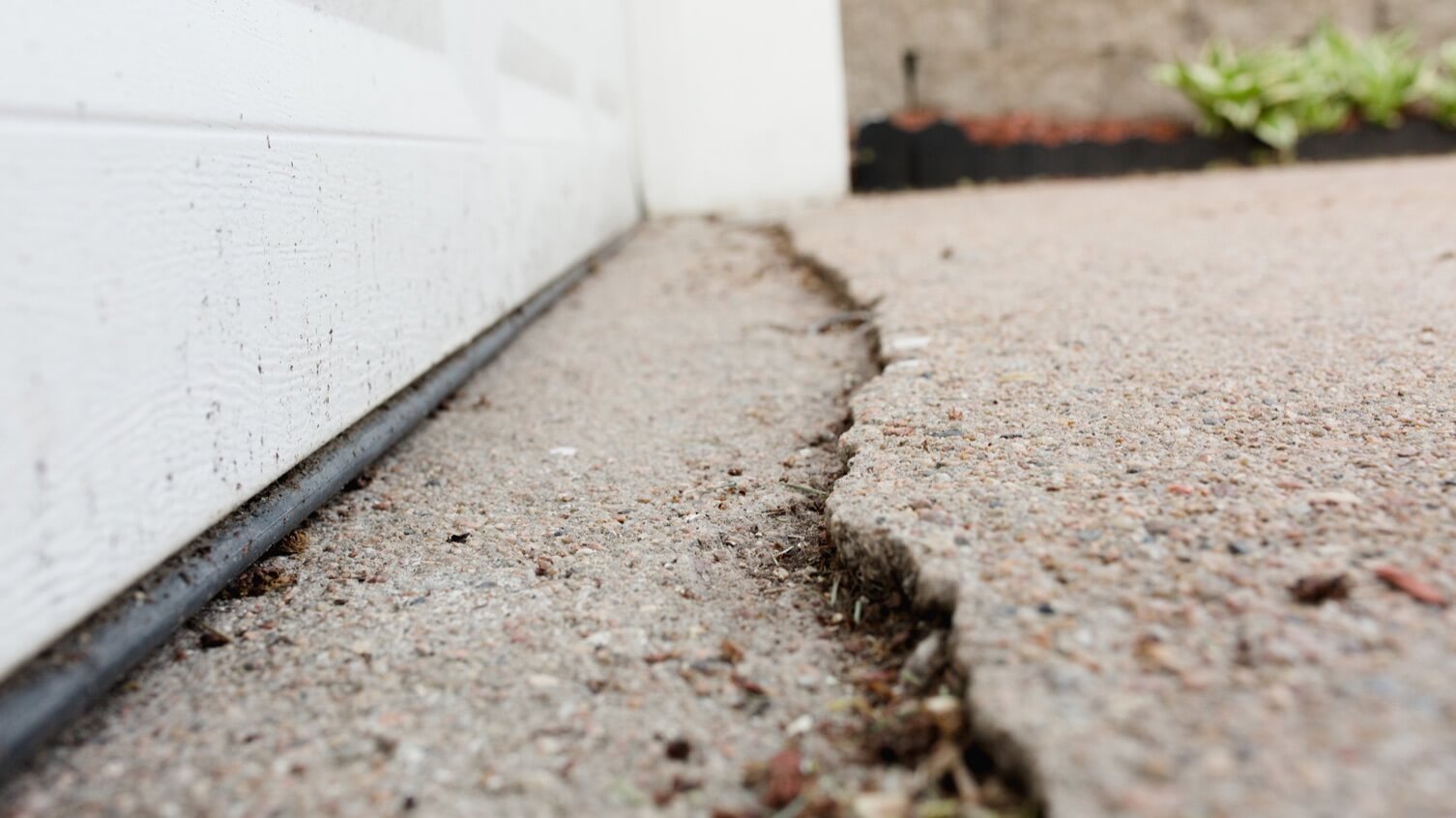
Why fix your concrete problems?
Your concrete problems will never be cheaper to fix than they are today.
Learn Why
Proven Solutions
Regardless of the issue with your home the Foundation Supportworks network has the solution.
Learn MoreFoundation & concrete problems don't get better with time, they get better with us.
Find a foundation repair or concrete company near you to fix them, so you can breathe easy and sleep well tonight. Our specialists will deliver the most precise and competitive foundation repair estimate available.
Looking for a price? Get a no cost, no obligation free estimate.